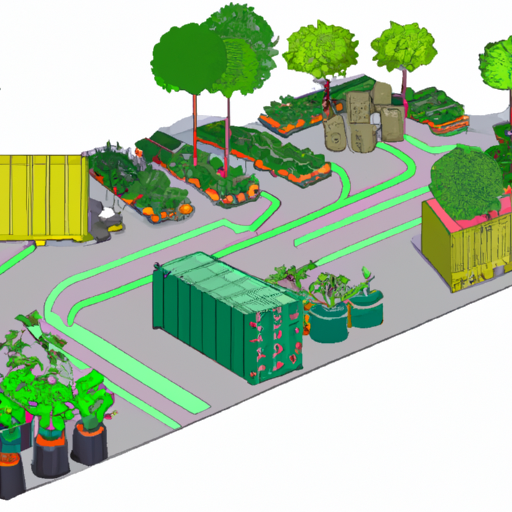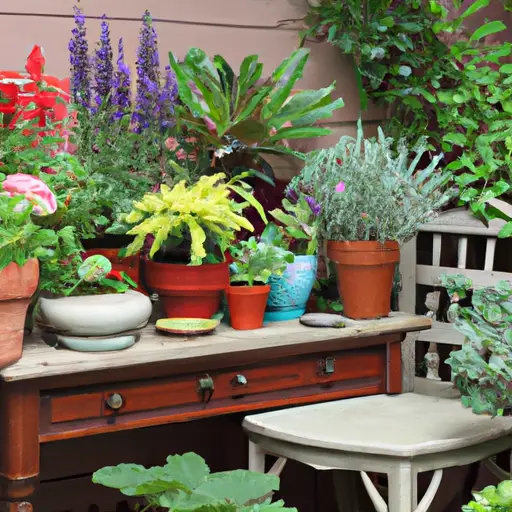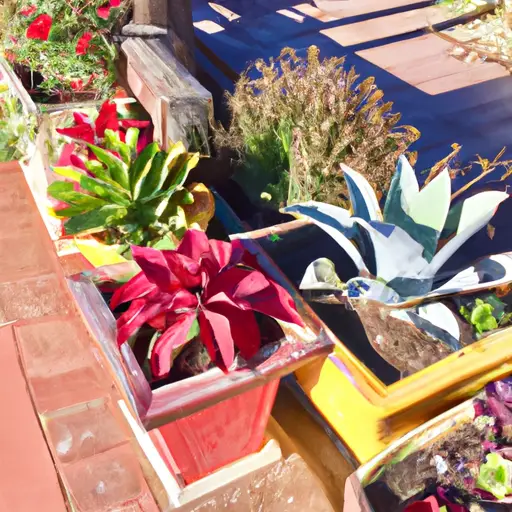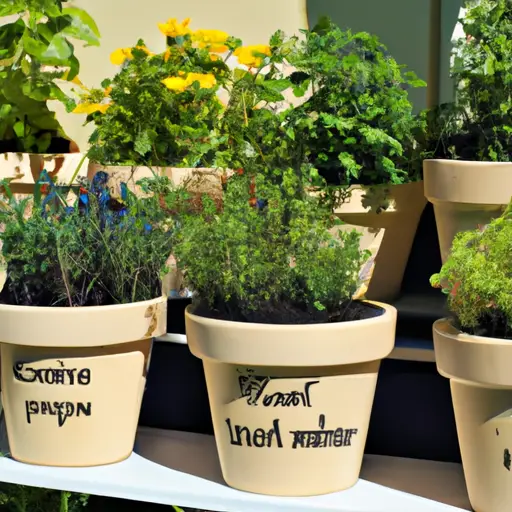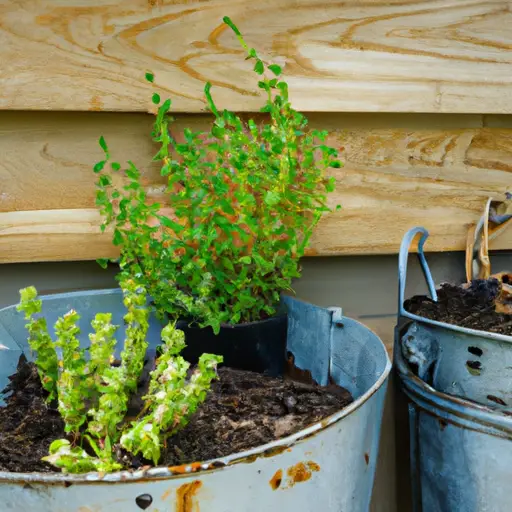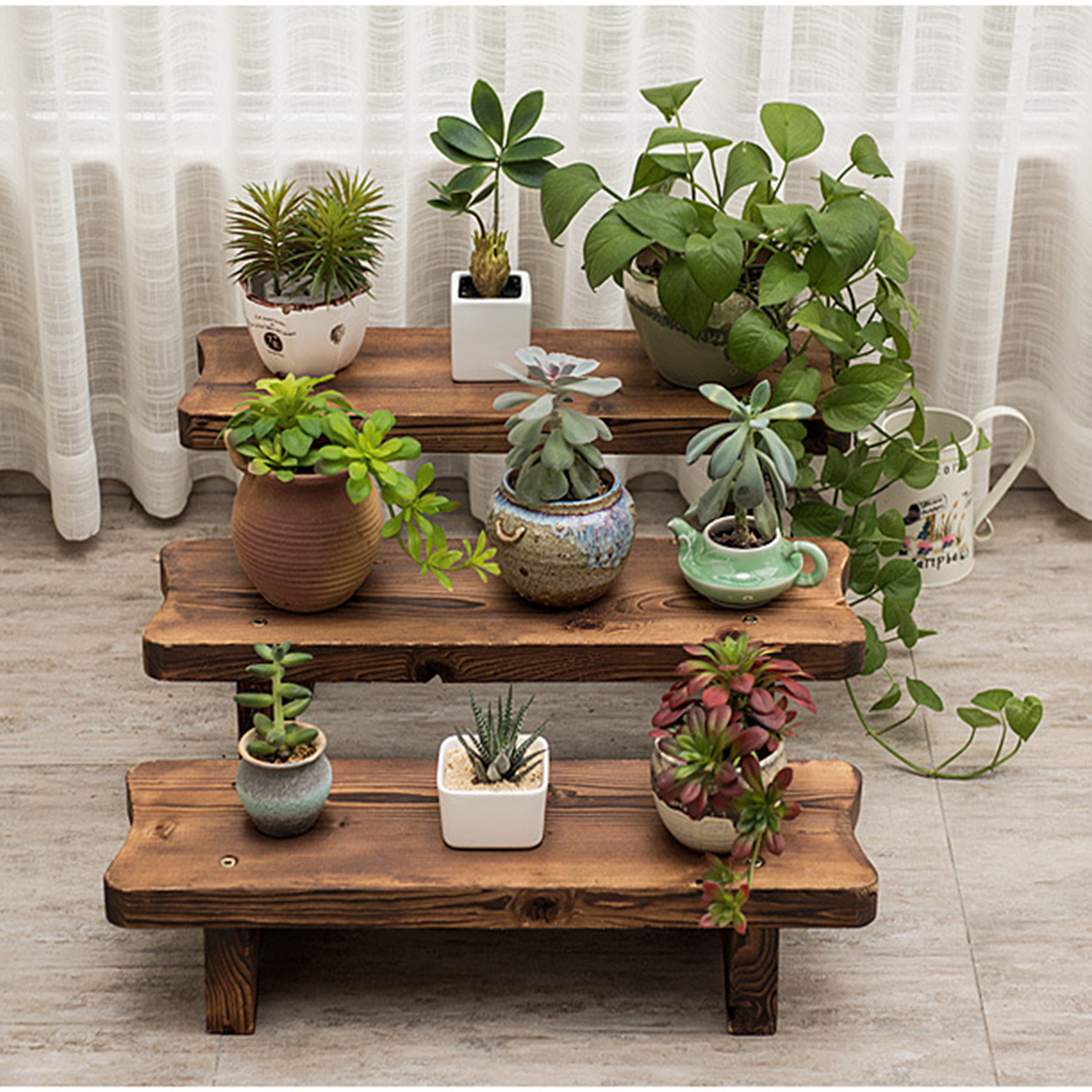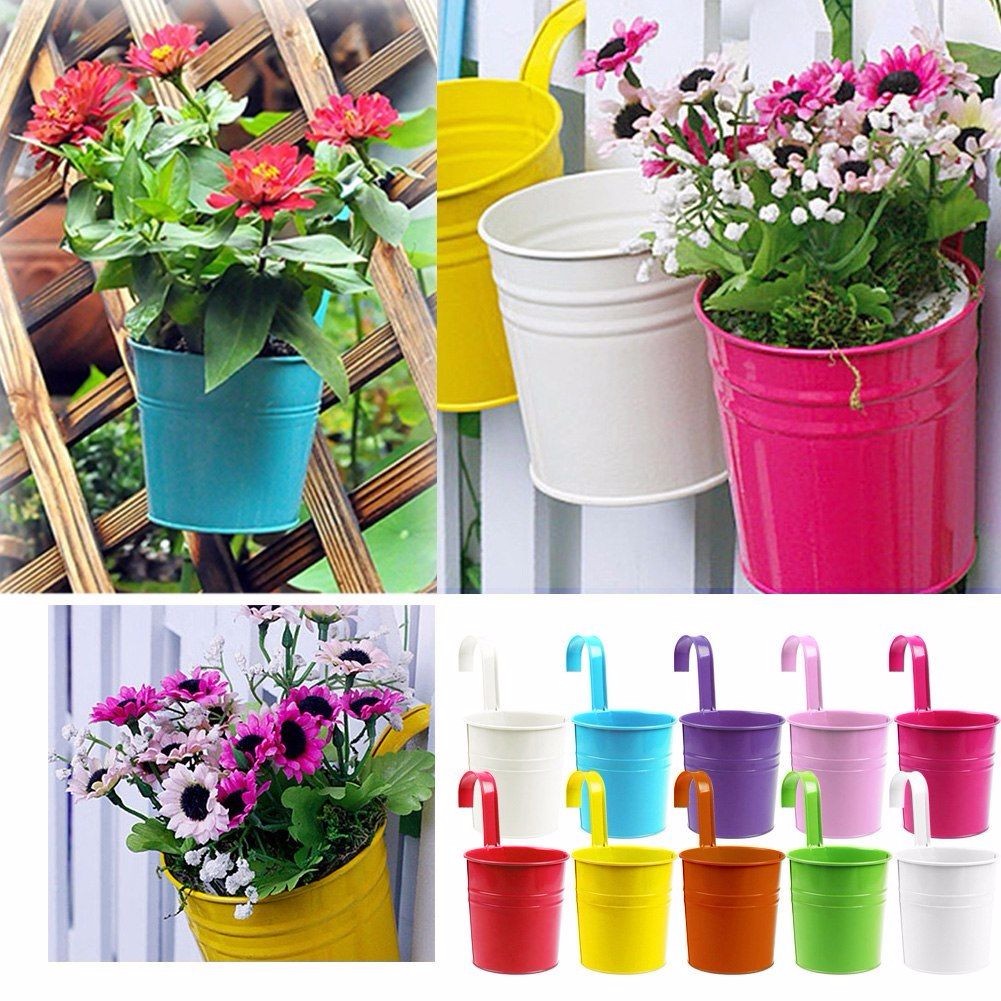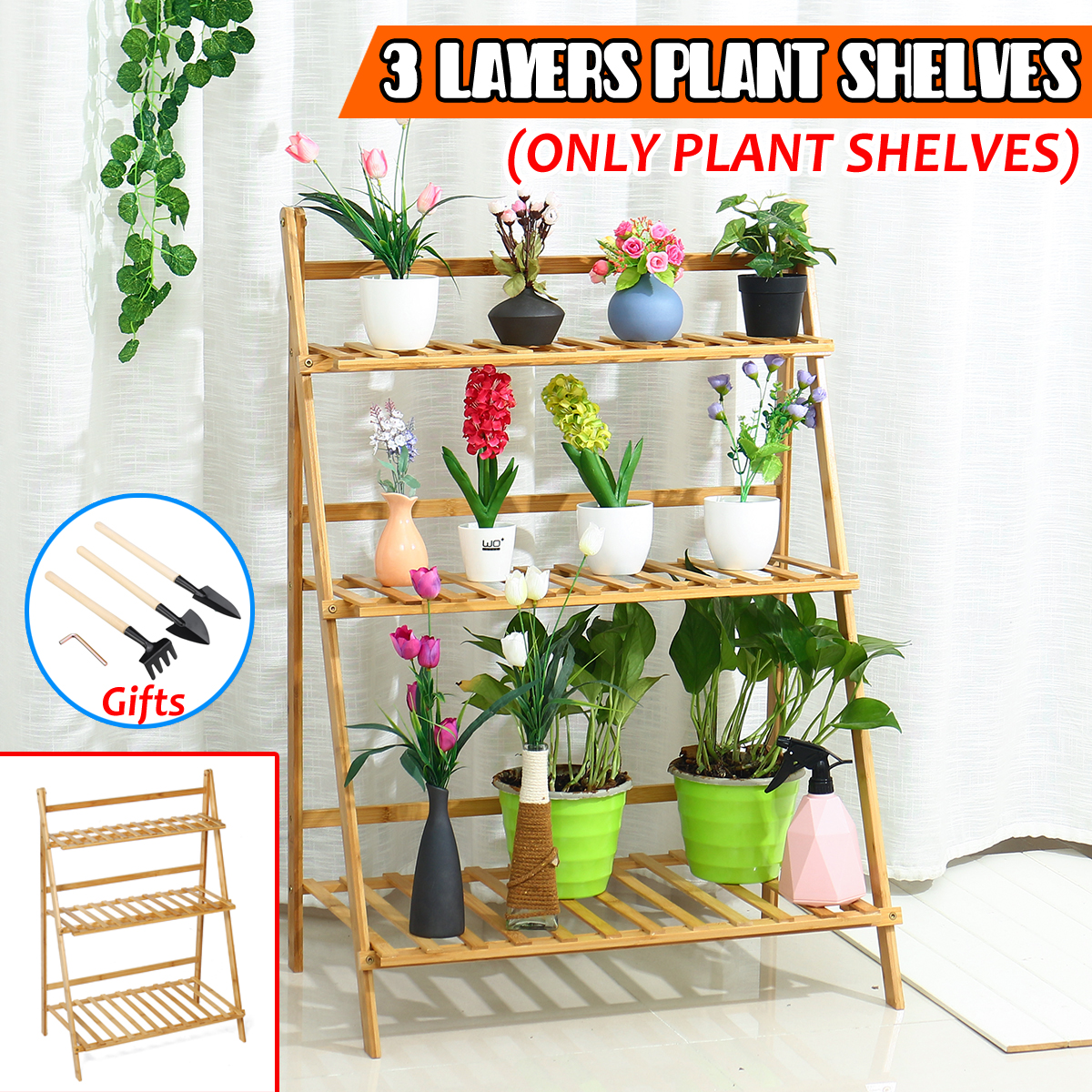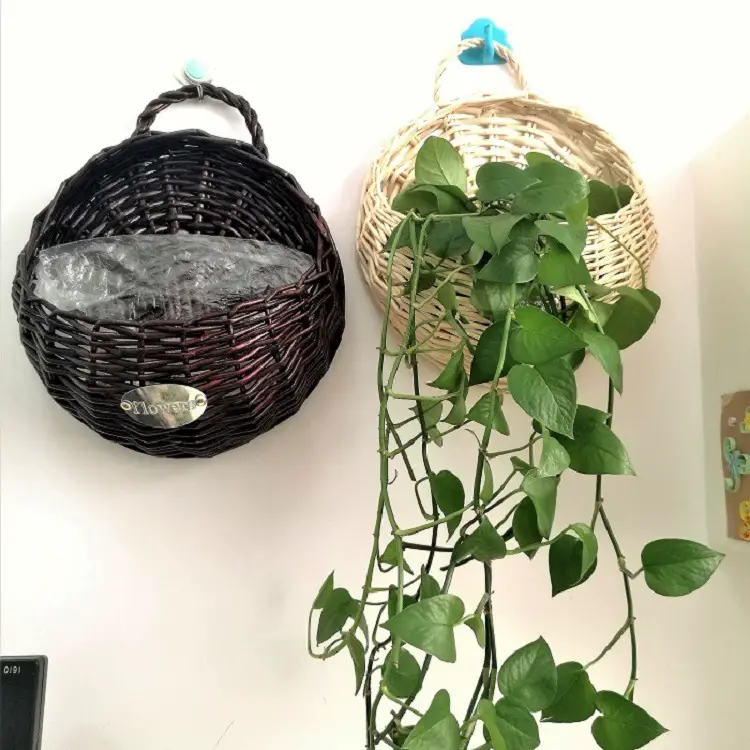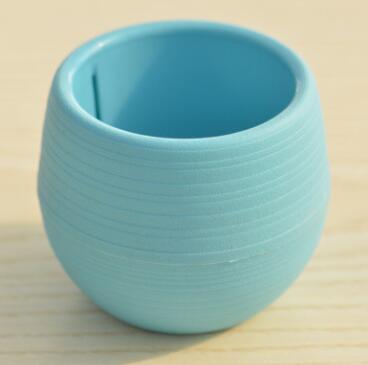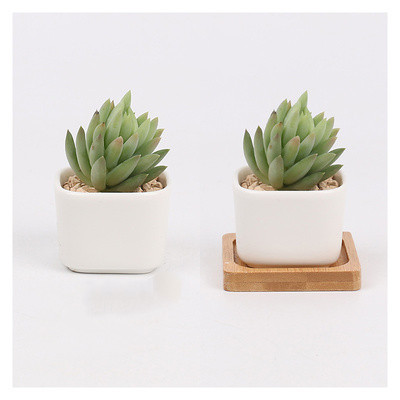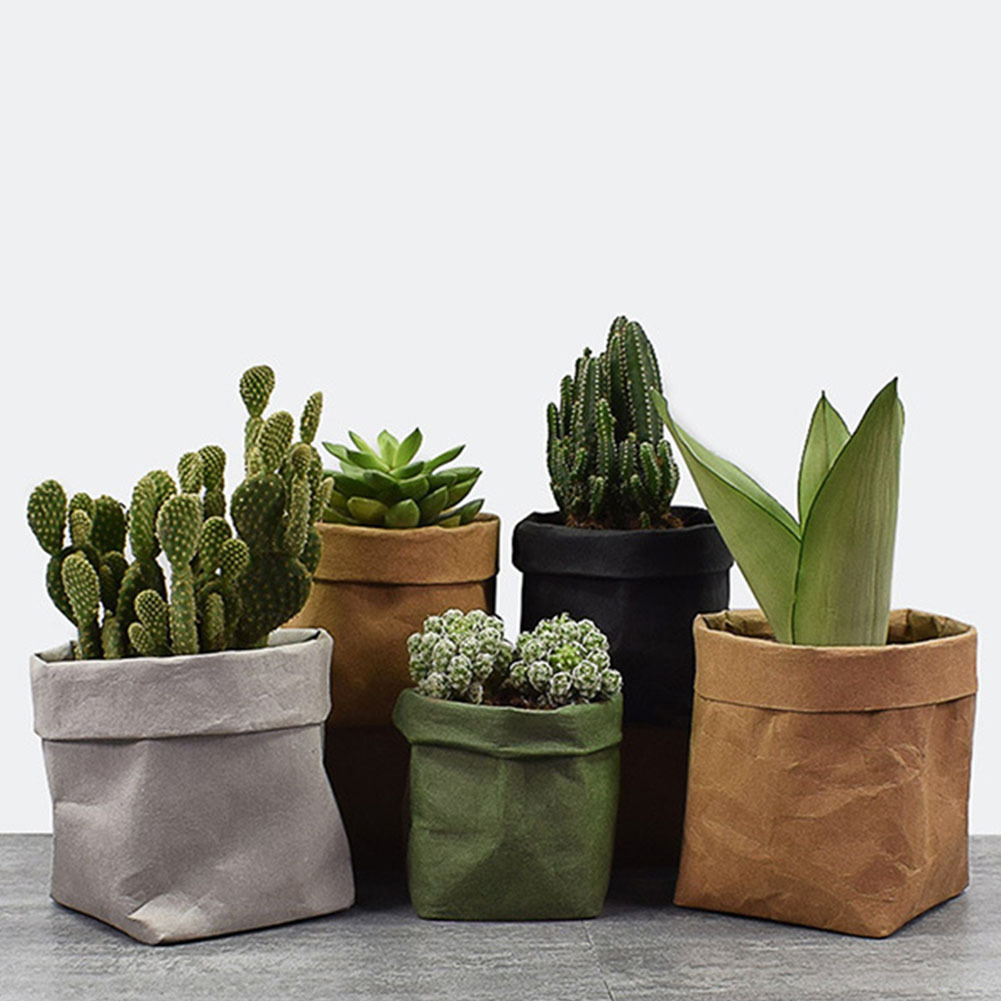The Versatile World of Containers Plants and Their Endless Possibilities
The Versatile World of Container Plants and Their Endless Possibilities
Container plants have gained popularity in recent years, thanks to their versatility and endless possibilities. Whether you have a small balcony, a spacious patio, or even just a sunny windowsill, container gardening allows you to bring nature into any space. From vibrant flowers to luscious herbs and even small fruit trees, there is no limit to the plant varieties that can thrive in containers.
One of the greatest advantages of container plants is their ability to be moved around. Unlike traditional garden beds, containers can easily be rearranged to create different aesthetic compositions or adjust for varying sunlight requirements. This flexibility enables urban dwellers and those with limited gardening space to enjoy a diverse range of plant life.
The first step in exploring the world of container plants is selecting the right containers.…


